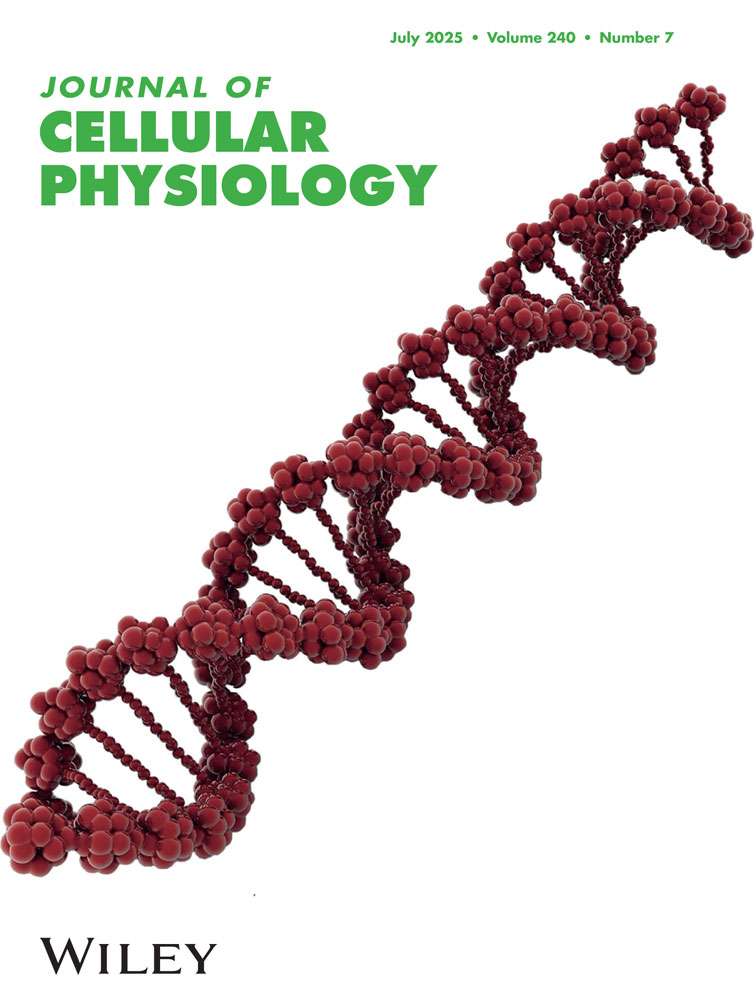Involvement of the conserved acidic amino acid domain of FGF receptor 1 in ligand-receptor interaction
Abstract
The fibroblast growth factor receptor 1 (flg) contains eight acidic amino acids between the first and second immunoglobulin domain. This report examines the role of the acidic domain in the interaction of the flg receptor with its ligands. We observed a marked inhibition of binding of bFGF to the receptor when the acidic domain was completely deleted, but mutants with two and four amino acids deleted (flgΔ2 and flgΔ4, respectively) still bound the ligand. After addition of a bifunctional cross-linking reagent, cross-linked complexes (between bFGF and receptor) with the expected size were observed in cells expressing mutants lacking two or four acidic residues, but not in cells expressing mutants lacking six or eight acidic residues. Immunoprecipitation with anti-flg antibody followed by electrophoresis produced a band of 90 Kd in tunicamycin-treated cells expressing the mutant as well as the wild-type receptors, indicating that the inhibition of binding was not due to defective expression of the protein. The ability of flgΔ8 to mediate a mitogenic response to FGFs was also greatly reduced when this mutated receptor was expressed in receptor-negative cells. The effect of replacing the acidic amino acids with lysine residues was also studied. Binding of bFGF to cells transfected with a plasmid encoding a mutated protein with four amino acid substitutions was totally inhibited, but an eight amino acid substitution did not alter ligand binding to the receptor. In this case the mutation with four amino acids substitution caused a drastic impairment of protein expression. Thus the acidic domain of the FGFR-1 plays an essential role in receptor function, either because it is important for a stable protein configuration or for ligand-receptor interaction. © 1993 Wiley-Liss, Inc.




